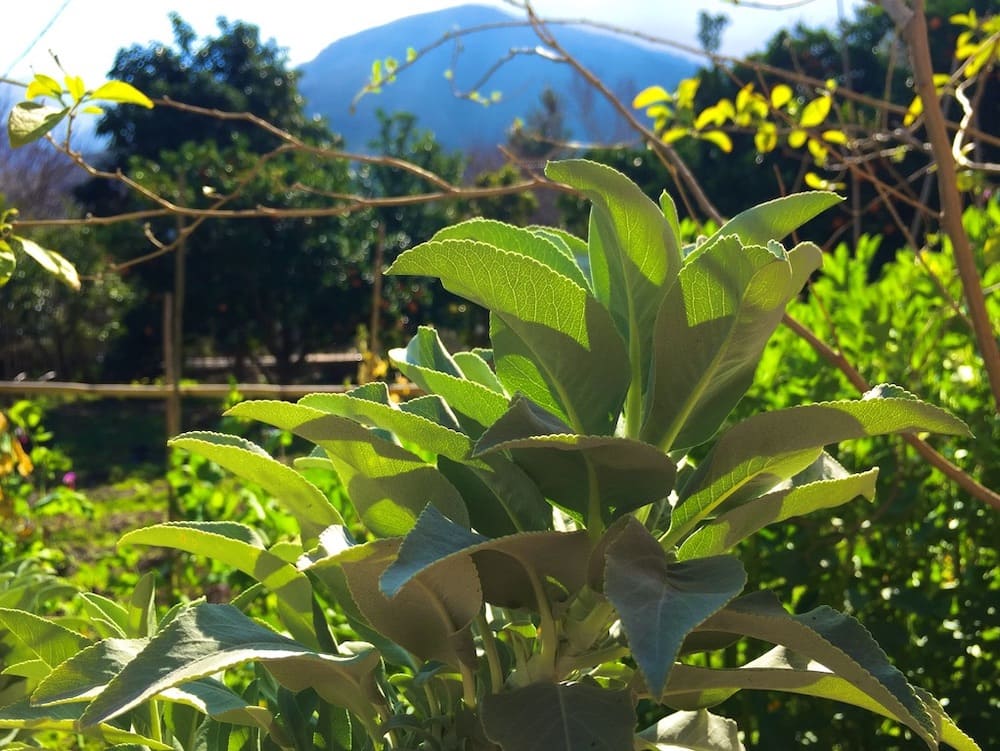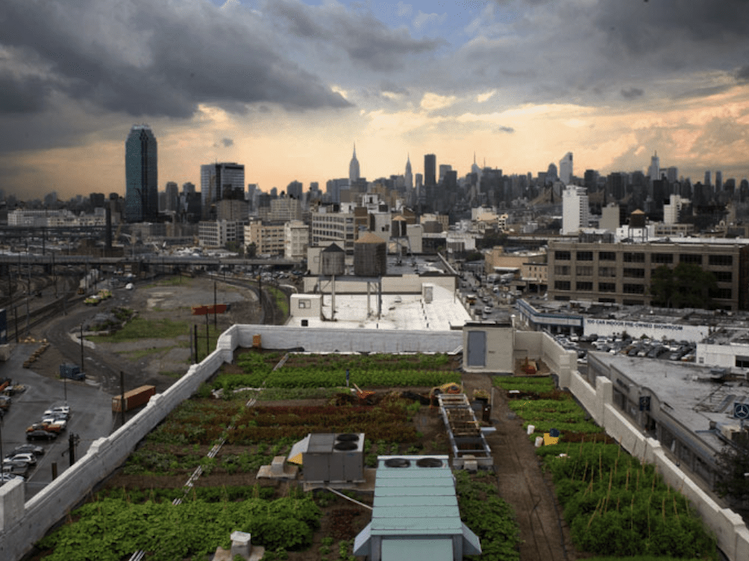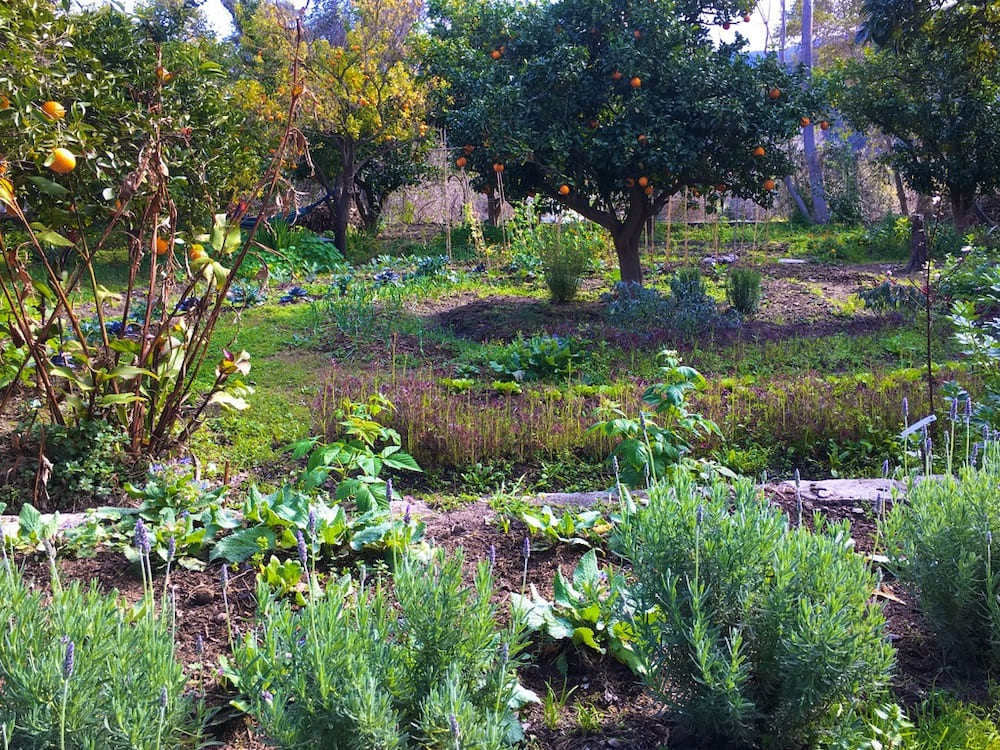What is Permaculture?
Permaculture, a compound of “permanent” and “agriculture,” is a way to grow food that goes beyond organic gardening and creates sustainable food forest ecosystems that will produce for many generations to come.
But permaculture is so much more than agriculture, and it isn’t just about plants.
It’s also about whole-system design.
It’s about creating abundant human habitats in our homes and local bioregions, that provide for us while still protecting and regenerating the natural environment. It starts with the plants and expands into every aspect of your life.
Do you ever think about the fact that, no matter what you do, all day every day, you are impacting the environment?
Every action has a reaction, and every movement, every placement of an object, every planting of a seed provokes a ripple effect, for good or for ill.
But this awareness can be overwhelming, and it’s hard to know what we can possibly do, as individuals, to contribute to positive change. We might even want to just throw up our hands and give up!
Learning how to see the world though the eyes of an ecological designer is the first step to becoming more sustainable, more resilient, and more abundant, and permaculture gives us a way to empower change in ourselves and others, and to break out of the cycle of apathy and overwhelm. Especially now, with so many urgent issues in front of us as a humanity, permaculture gives us the toolkit we need to take action.

Learn how to grow food and build community, no matter where you live.
This course includes 6 multimedia modules packed full of original videos, writing, graphics, and more!
You can use permaculture principles to solve problems in all aspects of your life, and this course will show you how.
These are the main questions this course was created to help you answer:
- What is permaculture and how can you start doing it?
- How does design thinking create new opportunities?
- How do you start a permaculture garden if you rent or live in an apartment?
- How much land do you need to do permaculture?
- What do you look for when assessing a site for permaculture?
- What is a step by step permaculture process that works for any project?
- How can you find more free permaculture courses and resources going forward?
The beginner-friendly course goes beyond an introduction to permaculture and includes 6 multimedia with dozens of videos, articles, graphics, photographs, hands-on suggestions, and a dedicated private discussion forum where you can share your work and get feedback. Go at your own pace, once you’ve enrolled you retain access to the course forever!

Begin your permaculture journey with a set of tools and skills you can apply to any situation.
How can permaculture design help you solve problems in your life and in your community?
- Improve your ability to make the most out of your available resources.
- Learn to read the landscape and recognize patterns and opportunities.
- Find and connect with like-minded people.
- Understand how to look at a whole system, so that when problems arise, whether in the garden, home, or beyond, you can find solutions that work in the long term.
These skills don’t just help you become a better gardener, they also radically improve your capacity for ecological, social, and personal abundance.

Want more details about the classes and the teacher?
A section of the instructor’s 1/4-acre Mediterranean food forest at her house that she rents in Spain. Photo by Heather Jo Flores
Do you need access to land to learn permaculture?
Not at all. A permaculture site could be:
- Rural acreage that you own
- Rural acreage that you rent
- An urban house that you own
- An urban house that you rent
- A homestead shared with others
- A cluster of homes
- A cluster of businesses
- Any combination of the above
- Anywhere else you happen to find yourself

This course will help you start thinking like an ecosystem, no matter where you live, right now.
But what if you live in a rental or in an apartment?
What if you’re a single mom or have a really intense job or you’re living in poverty–how are you supposed to make time to practice permaculture principles?
How do you even think about planting a perennial paradise permaculture food forest, when the day to day reality is so full of challenges?
Here’s the thing: permaculture thinking can be a huge help with these predicaments too! A designer’s mind will help you to innovate your way through these challenges, and so much more.

